There’s a scene in the first series of Mad Men where the Draper family go on a picnic. When they finish Don Draper picks up the chequered cloth they’d been using and shakes all the contents onto the grass where he leaves it.
“It’s just like Tenerife.” I thought the first time I saw it, except Mad Men was set in 1960s America.
In some ways Tenerife is decades behind Britain. There are big positives to that – community and traditions are strong and the island is safe. When I see local children playing it reminds me of my childhood. Last year I could hardly walk through Puerto de la Cruz without tripping over spinning tops. In traditional areas it can be delightfully old fashioned, harking back to more innocent times.
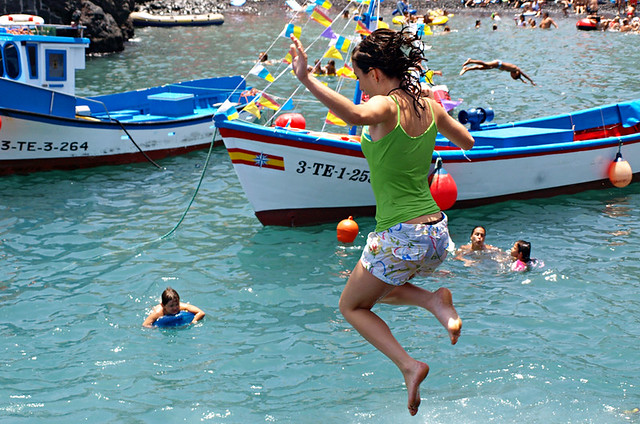
But in other ways there are negatives. First time we walked, apprehensively, into the police station in Puerto de la Cruz in 2003 to apply for a NIE (Número de identidad de extranjero) I was shocked by how badly organised it was. Given an afternoon I could have transformed the place with a few simple changes. It was simply decades behind the UK offices I’d worked in.
Then there’s traffic safety. Zig-zag lines were added to zebra crossings in the UK in the 1970s and 1980s for obvious safety reasons. Forty years later and you can still park right up to a zebra crossing on Tenerife and in Spain. In fact some people think zebra crossings are parking spaces. I’ve lost count of the number of people who have ‘stepped out of nowhere’ because there’s no clear view of the crossing. It’s crazy not to have implemented such a simple change.
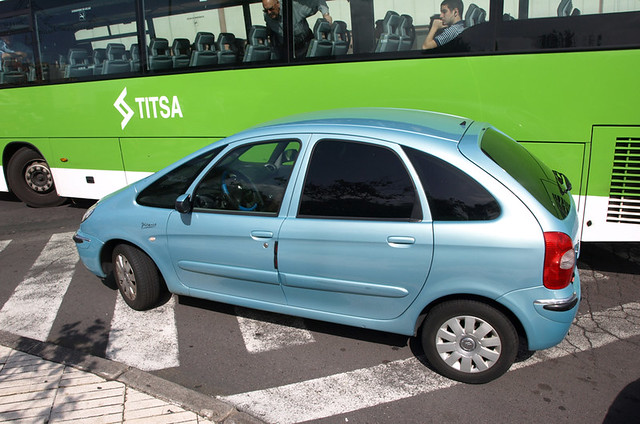
One of the most obvious areas where Tenerife has lagged behind is in the attitude to litter.
A couple of weeks ago there was a damning report in the Spanish press about the state of Mesa Mota zona recreativo (picnic zone) in La Laguna after a group of students left the area like a disaster area following a Saturday night al fresco party.
The culprits, incidentally, were law students.
But I have some sympathy for them.
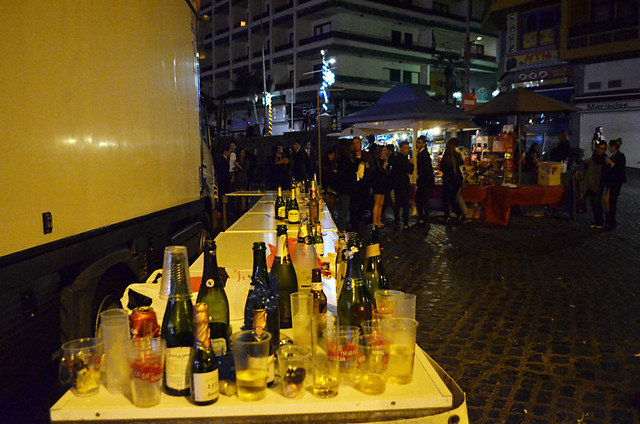
It’s a cultural thing. Current practices on Tenerife regarding rubbish management send out confusing messages. Anyone who has been to a big fiesta, carnival street party or New Year’s Eve bash will know what I mean.
The first time we went to a romería was in Garachico where the passing floats and animals left a sea of plastic cups, discarded bones, splattered boiled eggs and steaming heaps of goat and cow droppings in their wake. Following right behind was an army of street cleaners, magically erasing the rubbish as they went. I was almost as transfixed by this as I was by the colourful parade.
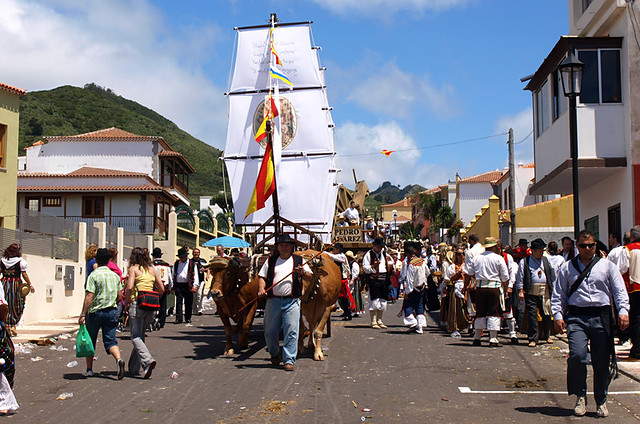
At Tenerife’s street parties where tens of thousands of revellers gather bins soon fill up, so empty bottles and discarded plastic cups soon pile up around them. By five in the morning the place where the street party is taking place looks literally like a tip. By ten in the morning you’d never know there’d been a street party. Again, an army of street cleaners descend and perform wonders.
In many ways it’s a good system and one which works relatively smoothly and efficiently. But it is a system which could be seen as sending out a message which says ‘it’s okay to dump your rubbish anywhere’ and it’s one which means individuals don’t always take personal responsibility for their own rubbish management.
Before the Keep Britain Tidy campaign in the 1970s many Brits were guilty of a similar attitude towards respecting their surroundings, but that was nearly half a century ago.
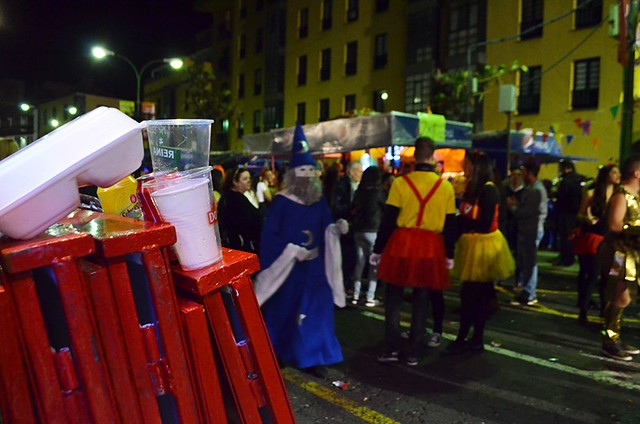
The island should keep the practice of a quick post-fiesta clean up by all means, it’s a good system. But instead of having a go at students for doing what they’ve been brought up thinking is acceptable, the authorities should do something constructive. Maybe a ‘Mantenga a Tenerife limpio’ campaign perhaps?

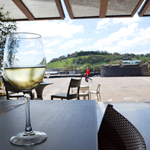
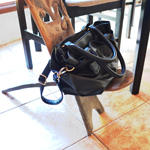

i have been going to tenerife for 16 years now i will never ever get fed up of going ,its clean,there is always some where to go plenty to see, it up sets me when prople call it
Did you read the piece Ann? It was specifically about issues with litter and was prompted by concerns from ATAN, a Tenerife environment organisation, following a picnic spot being left in a disgrace of a mess; not an isolated incident. It’s not about calling the island, it’s about addressing a real problem.
As you might know, I often rage about litter & but I think your comment is unfair. The fact thst the Mesa Mota incident garnered such huge amounts of publicity means that it is being taken seriously, my FB feed was full of it, from diverse sources. Yes, there is a long way to go still, but much has been done recently. Also, a visit to Blackpool would quickly change your opinion of whether the UK is so far ahead on the issue. I actually sent a comment to a local council last weekend about the insufficient rubbish containers at an event on Saturday, but in another area recently was delighted to note wood and paper containers being used in place of plastic.
I don’t think I was clear enough about the fact I’m not saying Tenerife is a rubbish tip. Jeez, obviously we don’t think that – the majority of the articles we write are about how good/lovely the island is. And I think there have been improvements in some areas, cleaning up after dogs for example, a relatively recent development. But I do believe there needs to be a campaign about personal responsibility when it comes to how people dispose of their rubbish. And I honestly believe that there’s a subliminal message given out at bigger fiestas/parties, which may not be as noticeable in some parts of the island, and which to me is partly responsible for what happened at Mesa Mota (not an isolated incident, just one which, as you say, has been given a lot of publicity). Here’s what ATAN, the Associacion Tinerfeña Amigos de la Naturaleza say on their website about rubbish and the islands.
Las islas están llenas de basura. Es algo que se aprecia a primera vista, nada más aterrizar en los aeropuertos, los bordes de las pistas están llenos de papeles, bolsas, latas y demás objetos… Todo está lleno de vertederos incontrolados y objetos viejos abandonados. Los vertederos “legales” cada vez son más grandes, y la escasez de superficie de las islas hace que nunca se instalen lo suficientemente lejos de las poblaciones, a menos que afecten a algún espacio protegido.Si a esto añadimos la falta de civismo de los habitantes, que tiran todo al suelo y arrojan los electrodomésticos usados por los barrancos, tenemos el espectáculo completo: vivimos prácticamente sobre nuestra basura.